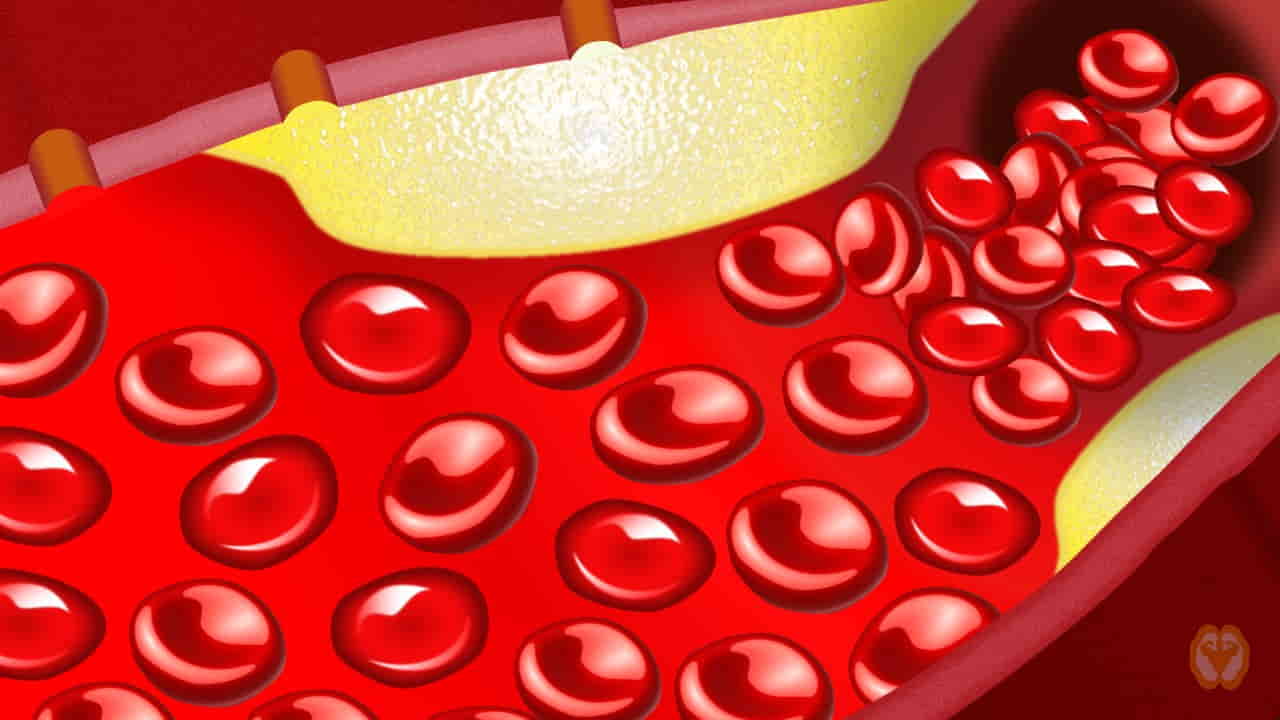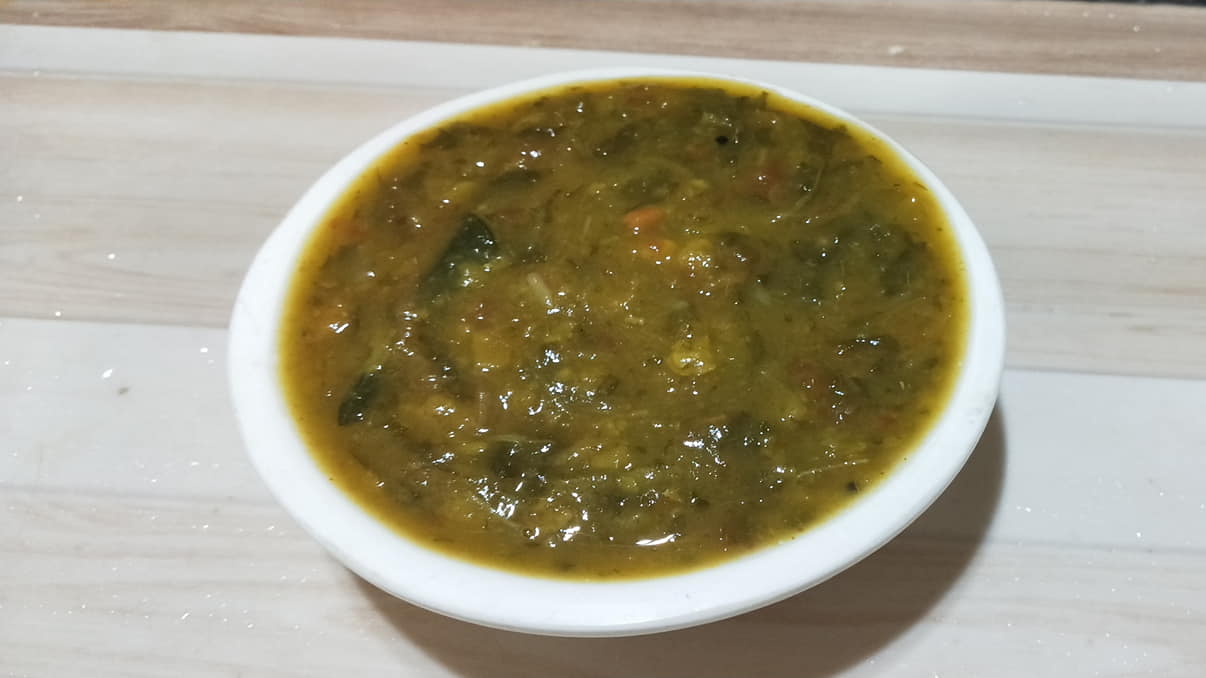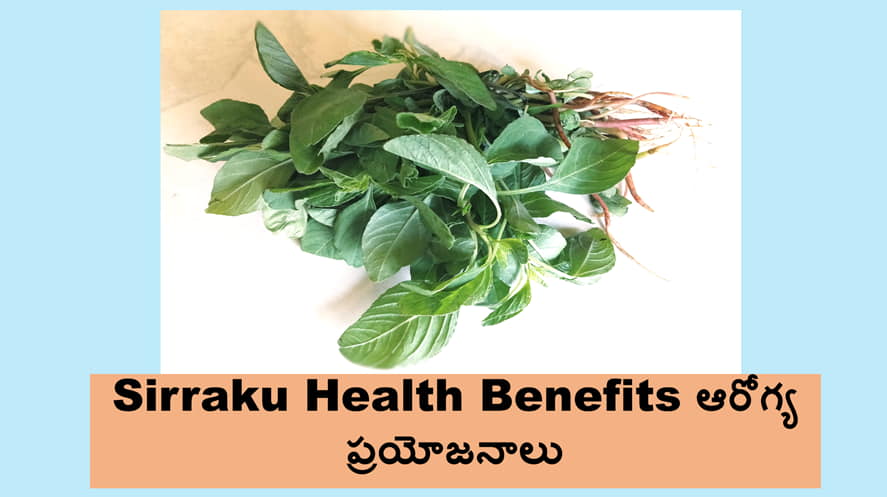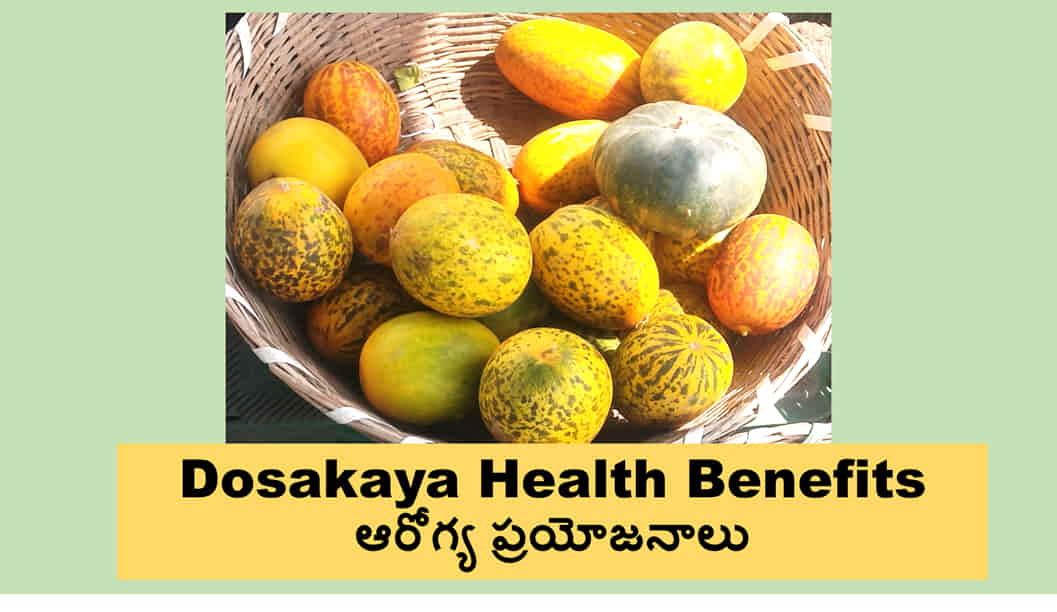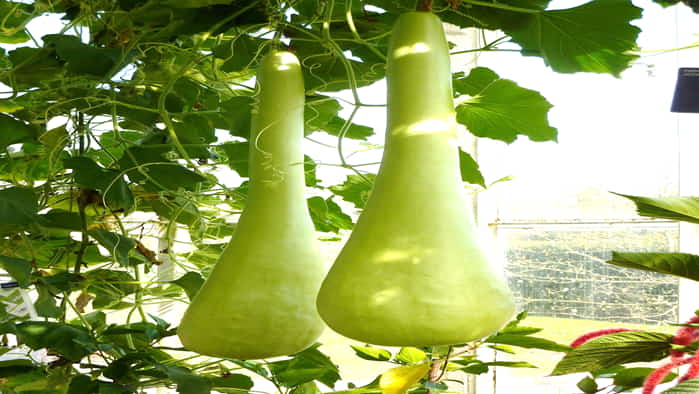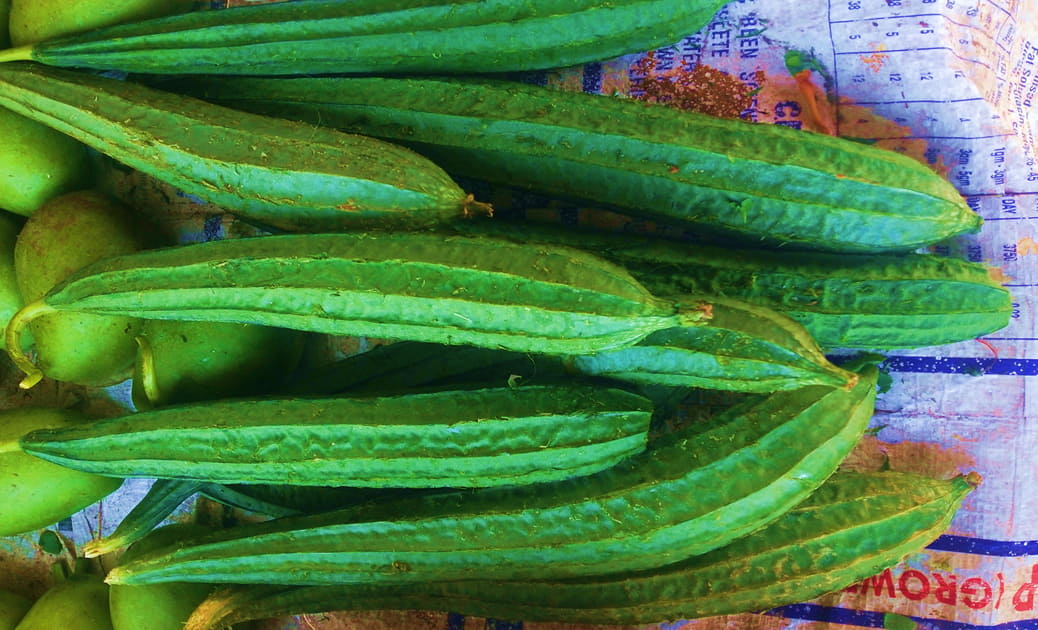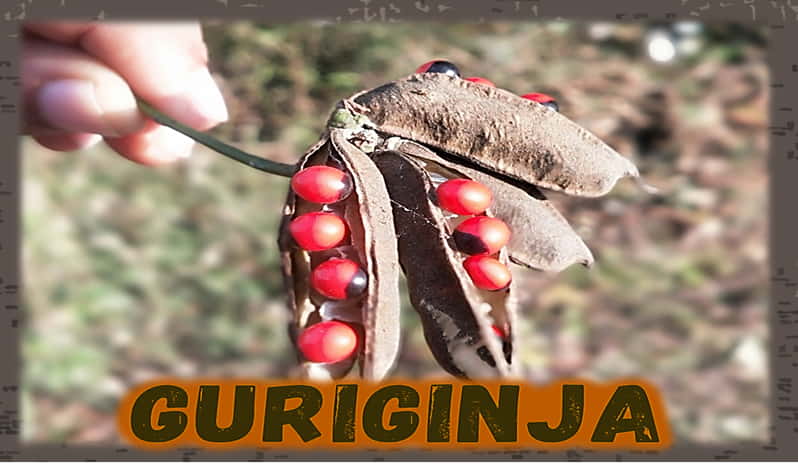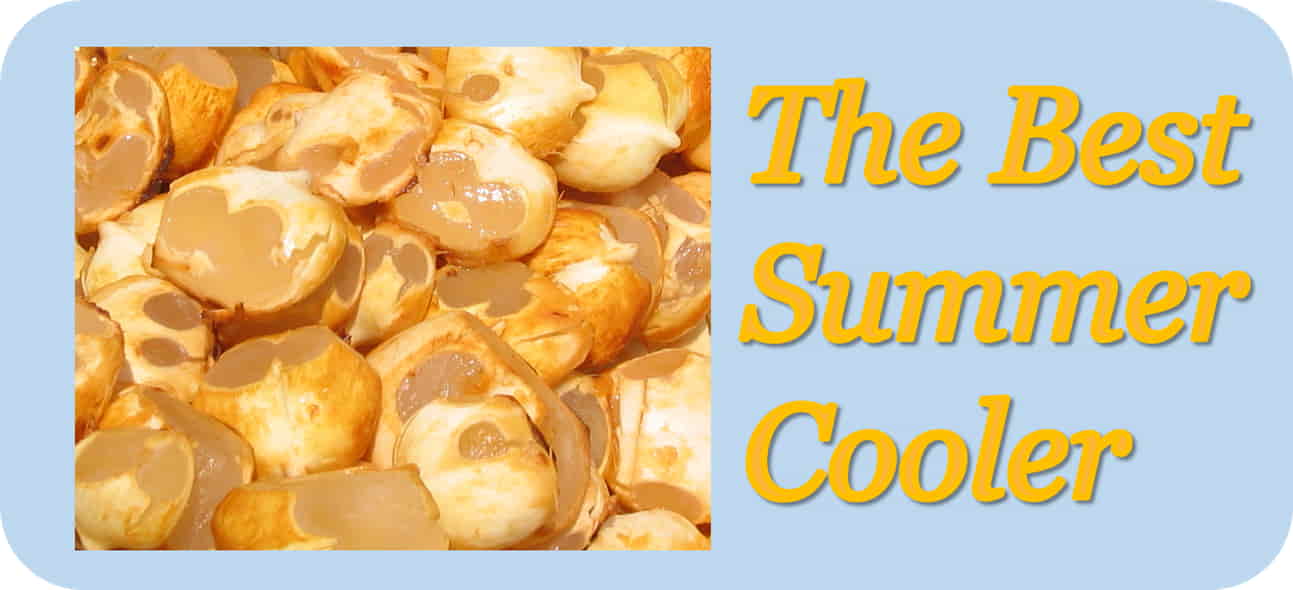A “whole grain,” pearl millet is a powerhouse of macro- and micronutrients like calcium, iron, and zinc, as well as proteins, carbohydrates, vitamins, and antioxidants. It might be good for your health in a number of ways, like lowering blood sugar levels and being a good source of protein, carbohydrates, and healthy fats.
In this article, we summarized the all local names of pearl millet in Telugu language-speaking states along with its uses, nutritional value, and beneficial properties for our health.
Pearl Millet in Telugu
The Telugu names of pearl millet are……
- Sajjalu ( సజ్జలు
- Sajja ginjalu (సజ్జ గింజలు)
- Sajja vithanalu (సజ్జ విత్తనాలు)
- Saddalu (సద్దలు)
- Buy Pearl Millet Whole on Amazon
Note:
Before going to learn its full list of healthy properties, here we have provided some major benefits of pearl millet in the Telugu language (for Telugu readers)
Benefits of Pearl Milletin Telugu
- సజ్జలు యొక్క స్టార్చ్ బ్రెడ్ మరియు బిస్కెట్ల తయారీలో ఉపయోగించ బడుతుంది.
- ఇది అధిక పీచు పదార్ధాన్ని కలిగి ఉన్నందున వీటి ఆహరం జీర్ణం కావడానికి ఎక్కువ సమయం పడుతుంది. అందువల్ల, సజ్జల ఆహరం ఎక్కువ కాలం ఆకలి కాకుండా చూస్తుంది.
- అంతే కాకుండా ఇందులో కేలరీలు కూడా తక్కువగా ఉంటాయి కనుక బరువు తగ్గడానికి సహాయపడుతుంది.
- అదనంగా, సజ్జలు మన శరీరంలో సెరోటోనిన్ స్థాయిలను పెంచుతాయి. సెరోటోనిన్ ఎక్కువగా రక్తం గడ్డకట్టడం, జీర్ణక్రియలో , నిద్ర, గాయం నయం కావడానికి, ఎముకల ఆరోగ్యం లో, లైంగిక కోరిక మరియు మానసిక స్థితి వంటి అనేక శారీరక ప్రక్రియలలో ముఖ్యమైన పాత్ర వహిస్తుంది.
- సజ్జలలో ఫైటిక్ యాసిడ్ అని పిలువబడే ఒక రసాయనం ఉంటుంది, ఇది కొలెస్ట్రాల్ జీవక్రియను పెంచడానికి ప్రతిపాదించబడింది, తద్వారా శరీరంలో కొలెస్ట్రాల్ స్థాయిని స్థిరీకరిస్తుంది.
- సజ్జలలో విటమిన్ నియాసిన్ కూడా ఉంటుంది, ఇది కూడా కొలెస్ట్రాల్ను అదుపులో ఉంచుటలో పాద్దన పాత్ర వహిస్తుంది.
- రక్తంలో చక్కెర స్థాయిలను అదుపులో ఉంచుటలో సజ్జలు చాలా ప్రభావవంతంగా పనిచేస్తాయి.
- సజ్జలలో అధిక మోతాదులో పీచు పదార్ధం ఉండటం వలన వీటి ఆహరం జీర్ణక్రియ ప్రక్రియను సులభతరం చేసి మలబద్ధకం నుండి ఉపశమనాన్ని అందిస్తుంది.
- సజ్జల యొక్క మితమైన వినియోగం శరీరాన్ని రిలాక్స్ చేస్తుంది మరియు ప్రశాంతమైన అనుభూతిని తెస్తుంది, అంతే కాకుండా నిద్రలేమితో ఉన్నవారికి ఇది ఒక మంచి ఔషధము.
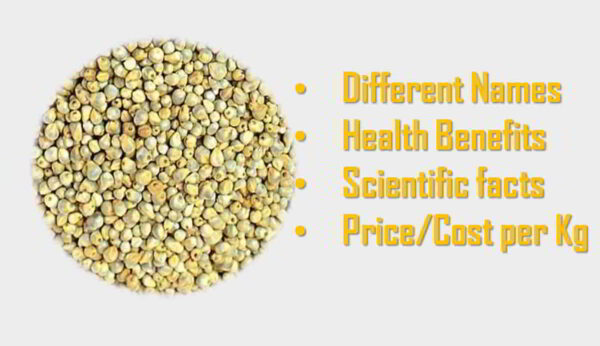
Peal millet Uses
According to research, the phenolic components of pearl millet have a significant antioxidant effect.
The starch of pearl millet is used in making bread and biscuits.
Pearl millet grain yields starch, amylose, protein, lipid, and other essential nutrients.
By reducing phytates and cholesterol in the body, phytochemicals found in pearl millet grains have a beneficial impact on human health.
People with diabetes can lessen the impact of raising blood sugar levels by consuming foods high in fiber and with a low glycemic index that support maintaining healthy blood glucose levels, lowering cholesterol, and assisting in the reduction of body weight.
Buy 10 Kg Pearl Millet Pack for Weight Management
The glycemic index of pearl millets is low, and they are high in insoluble fiber. This indicates that it boosts your blood sugar slowly rather than suddenly.
Pearl millet is full of slow-digestible starch compared to rapid-digestible starch.
Rapid-digestible starch breaks down fast and is further absorbed by the small intestine very quickly, causing elevated levels of blood glucose, which raises the possibility of type-2 diabetes, obesity, and heart-related diseases.
Foods with a high slow-digestible starch content take longer to digest and absorb in the small intestine, which causes a slow and protracted release of glucose into the bloodstream and a low glycaemic response.
The slow-digestible starch has these advantages because of its low glycaemic index (GI), which lowers the risk of developing type 2 diabetes and becoming obese and overweight.
Pearl millet is used to make easily palatable formulations for infants, the elderly, and convalescents because it contains nutritious ingredients that are good for body growth.

Scientific facts about Pearl millet
The search for new sources of organic food with better functional characteristics and medicinal properties has been sparked by the decline of traditional sources of valuable nutrients needed to meet the daily needs of a growing population.
This pearl millet is regarded as an environmentally friendly crop because it has a higher capacity to absorb CO2 from the air and convert it into oxygen while using less water and requiring fewer inputs like irrigation, fertilizer, and care.
The granules of the pearl millet crop are spherical and polygonal in shape, have holes and deep indentations on their surface, and range in size from little to enormous.
Pearl millet is a superior alternative to processed starchy foods like rice, wheat, corn, and potatoes because of its increased essential nutrient content and gluten-free status.
When compared to other grains, millet starch typically has a higher concentration of resistant starch.
Its starch is therefore extremely resistant to the digestive enzymes that break down starch and releases glucose into the bloodstream very slowly.
It acts as a gelling, thickening, and bulking ingredient, greatly enhancing the food’s textural quality.
The making of custards, sauces, pie fillings, stews, and soups frequently uses millet starch.
Pearl millet has potential uses in a variety of fields, including enzyme production; food and beverage production (as a thickener, fat replacement, and stabilizer); production of nanoparticles for drug delivery; medicinal and pharmaceutical use; and coating and edible film production.
| Kodo Millet | Panasakaya |
| Dondakaya Uses | Jalaga Facts and Other Names |
| Panasakaya’s Facts | Gasagasalu Benefits and Facts |
| Foxtail Millets | Proso Millets |
| Mackerel fish | Millets in Telugu |
